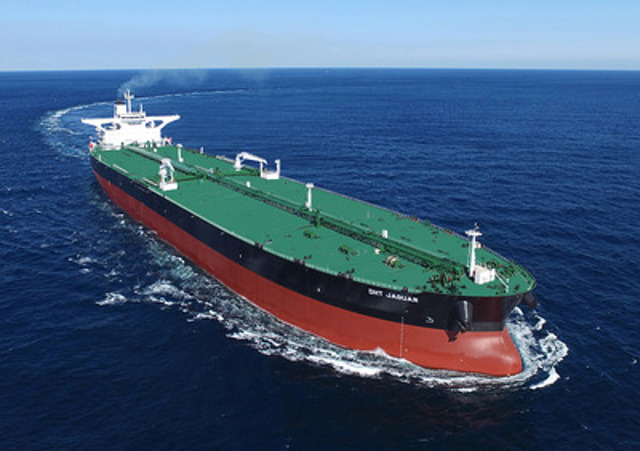Back in December of 2016, the United States lifted its crude oil export restrictions. This new source of seaborne cargo, changed the global tanker industry. This adjustment intensified operators focus on U.S. crude ever since. With the recent renewed sanctions targeting Iran and rising geopolitical tensions near the Strait of Hormuz. However, with the rising U.S. tanker markets, is this a positive change or is there a downside?
Very Large Crude Carriers (VLCCs) each ship two million barrels of crude oil. The U.S crude replaced Middle Eastern supply causing a positive effect on rates. VLCCs take the long way to get from U.S. to Asia because the carriers can’t fit through the Panama Canal locks. It is 6,608 nautical miles between Ras Tanura, Saudi Arabia, and Chiba, Japan; from Houston to Chiba, it’s 15,887 nautical miles. That is 2.4 times the distance to Asia compared to Middle Eastern crude. This is great news for tanker owners because of the VLCC voyage distance but there is concern that U.S. production may not be able to keep up its growth. “With a declining rig count, [U.S.] oil production should continue to grow, albeit at a slower pace, reducing previously expected export growth and subsequent tanker demand,” warned Ben Nolan, shipping analyst at Stifel, in a new shipping outlook report.
However, reports suggest production continues to rise. Since 2016, where production fell to 8.8 million b/d from 9.4 b/d million, each year the production rose to 9.4 million b/d in 2017 and 11 million b/d in 2018. The Energy Information Administration predicts 12.4 million b/d and 12.3 million b/d over the next two years. While production continues to rise year by year, the biggest fear is tanker owner’s ability to keep up. Questions about terminal capacity, production growth, and pipeline capacity will continue to linger. Reports suggest pipeline and terminal trends in favor of tanker owners however U.S oil rigs had fallen to 779 as of July 19th. With the idea of production growth being slower than expected, producers and owners will have to quickly adapt to the changing global tanker industry.
https://www.freightwaves.com/news/slowing-growth-in-us-crude-production-could-hit-tanker-rates




